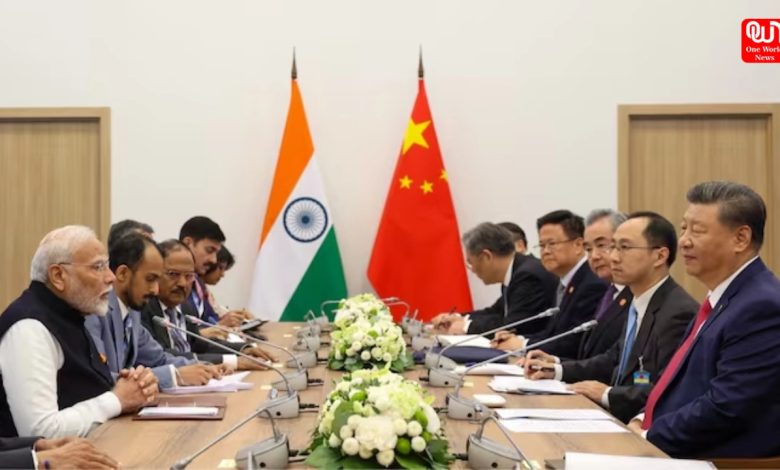India-China Disengagement Begins at LAC, Temporary Tents Removed in Ladakh
India-China begin LAC disengagement in Ladakh, removing tents at Depsang and Demchok under new agreement
India -China begin disengagement at LAC, removing tents to ease four-year military standoff

India and China begin disengagement at the Line of Actual Control (LAC) in eastern Ladakh, marking a crucial step toward resolving a military standoff that has persisted for nearly four years. According to defence sources, both nations have started removing temporary tents from Depsang and Demchok, the last two remaining friction points along the border.
This development follows previous disengagements from four other locations, where buffer zones were established to reduce tensions. The current disengagement is being managed by local commanders, working under broad terms agreed upon during senior-level meetings between the two countries. Sources indicate that while temporary structures are being cleared, this does not yet signify a full troop withdrawal. Once the obstacles are removed, patrolling operations are expected to resume along the border.
Read more:Labourer from Uttar Pradesh Shot by Terrorists in Kashmir’s Tral Area: The Third Attack in a Week
Defence sources revealed that about 40% of temporary tents and structures have been dismantled in Depsang and Demchok, with progress expected to reach 60% in the coming days. After the removal process is completed, India and China will conduct joint verifications through both land-based and aerial assessments to ensure full compliance with the agreement.
Read More: Trudeau Stands Firm: Vows to Lead Liberals into Next Election Despite Internal Calls for Change
The India- China disengagement process follows a high-level meeting between Indian Prime Minister Narendra Modi and Chinese President Xi Jinping during the BRICS Summit in Russia. Both leaders endorsed the agreement and called for the revival of bilateral dialogue mechanisms. This move signals a willingness from both sides to normalise relations, which have been strained since the deadly Galwan clash in 2020.
On Thursday, during the Chanakya Defence Dialogue in New Delhi, Defence Minister Rajnath Singh confirmed the progress, stating that a consensus had been reached on key issues such as patrolling and grazing in traditional areas. Singh highlighted the importance of continued dialogue, noting that this agreement is a significant step toward restoring peace and stability along the disputed border.
Despite the progress, military officials suggest that India’s deployment in eastern Ladakh is likely to continue through the winter. Harsh weather conditions generally limit patrols, but both countries traditionally maintain their presence in the region to assert territorial claims. India’s 3-D strategy—Disengagement, De-escalation, and De-induction—will serve as the framework for future efforts. However, more talks are needed to resolve issues in buffer zones, and complete disengagement may take time.
The agreement represents the first step in a complex process of reducing tensions and restoring traditional patrolling practices along the LAC.
We’re now on WhatsApp. Click to join.
Like this post?
Register at One World News to never miss out on videos, celeb interviews, and best reads.








